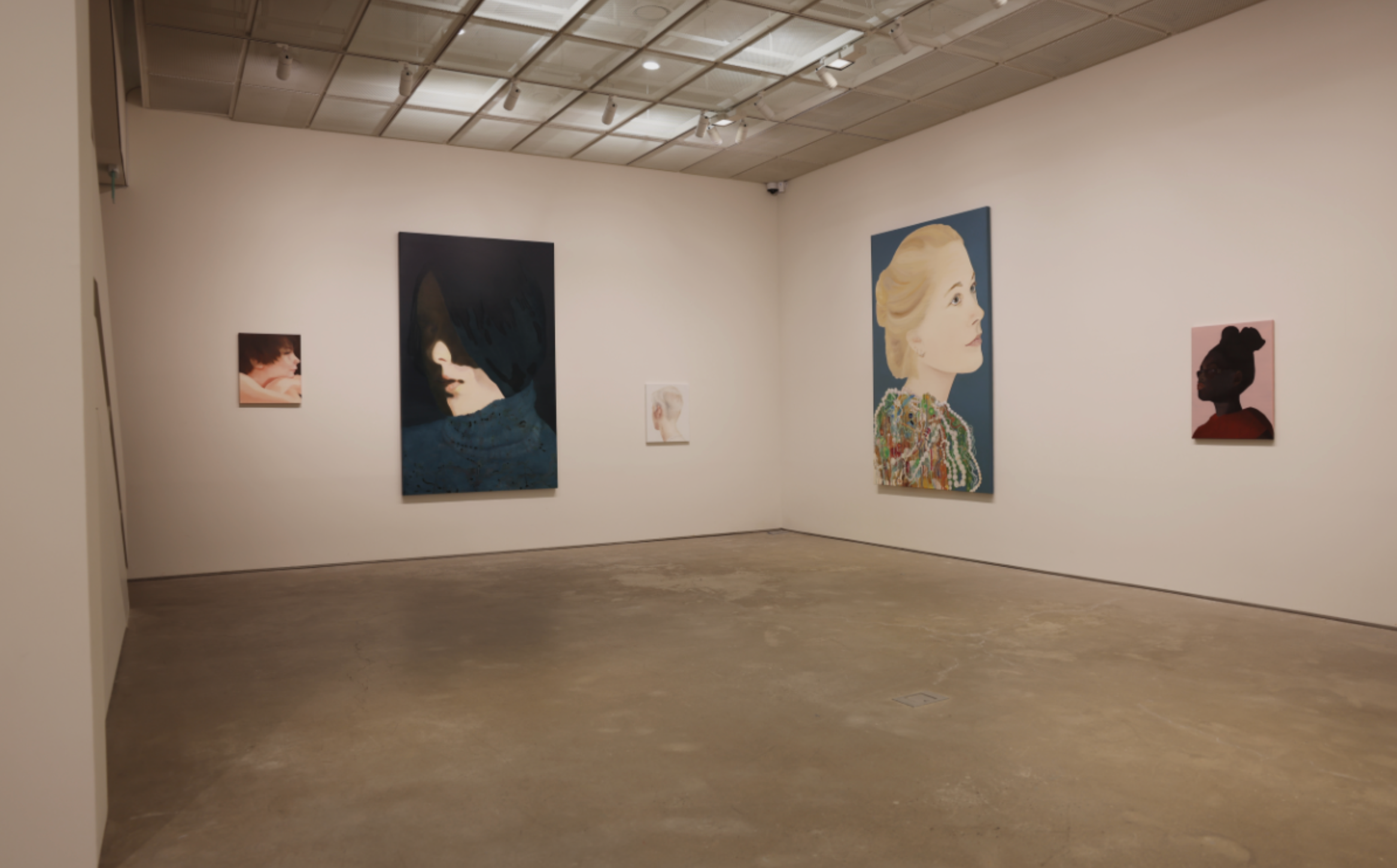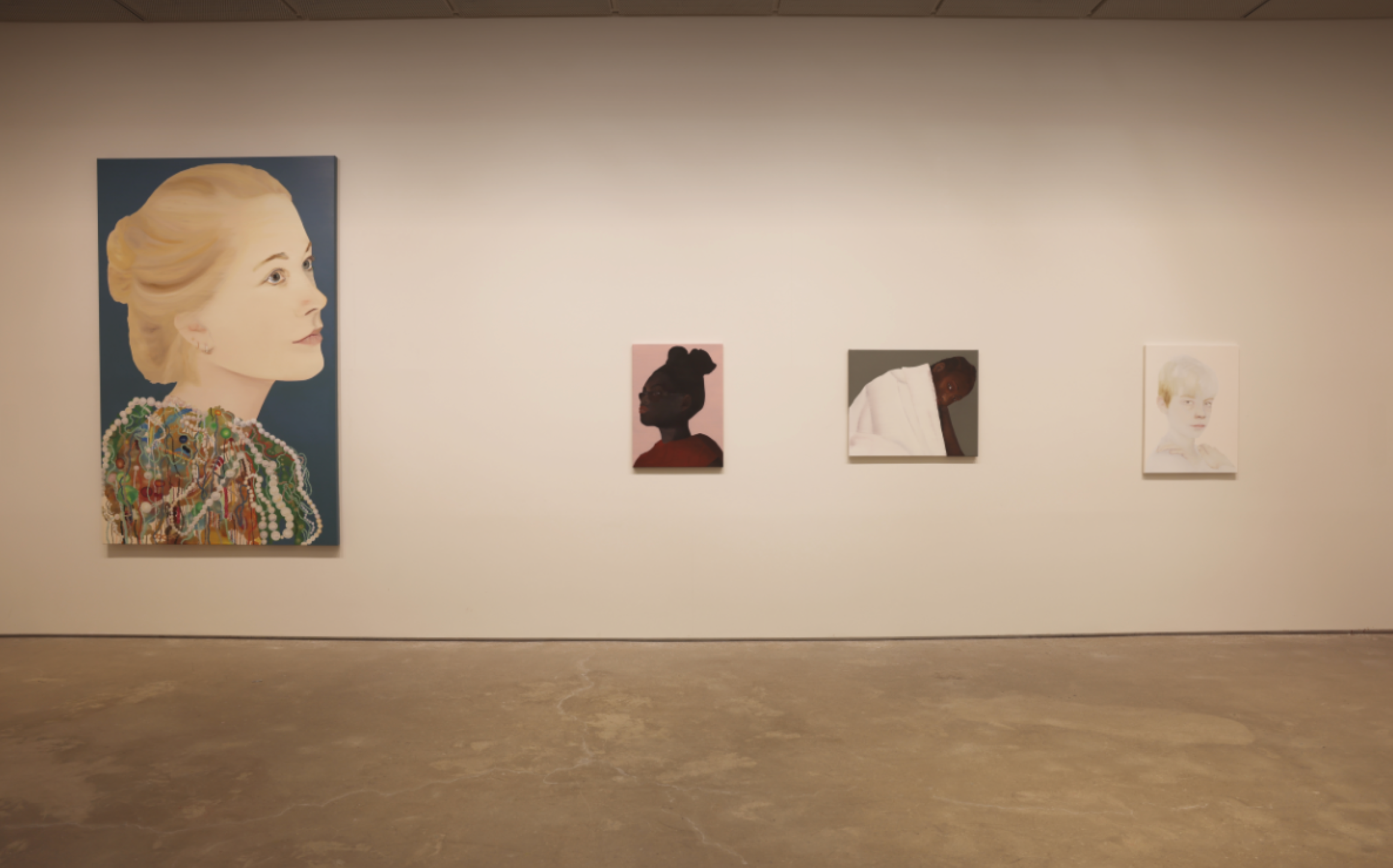
| Period| | 2023.11.23 - 2024.01.10 |
|---|---|
| Operating hours| | 10:00 - 18:00 |
| Space| | Leeahn Gallery Seoul |
| Address| | 9, Jahamun-ro 12-gil, Jongno-gu, Seoul, Korea |
| Closed| | Sun. |
| Price| | Free |
| Phone| | 02-730-2243 |
| Web site| | 홈페이지 바로가기 |
| Artist| |
카틴카 램프
|
정보수정요청



|
|
Exhibition Information




Leeahn Gallery Seoul is pleased to present "My Frame Your Frame”, a solo exhibition by the Dutch artist Katinka Lampe (b.1963~), from November 23, 2023, to January 10, 2024. This is her third solo exhibition with Leeahn Gallery. It is conspicuous that the exhibition title “My Frame Your Frame” repeats the word “frame” twice. What is a frame? It is, before anything else, a constraint. It conditions how we see things, forcing us to view a specific object in a specific way. Lampe's paintings are characterized by bold croppings, unique angles, zoom-ins, and larger-than-life representations, which are various ways of creating frames. Lampe does not conceal the fact that her paintings are "photography-based", which doesn't mean that she uses photographs as mere references for her painting. It rather indicates that the actual basis of her oil paintings is photography. Before picking up her brush, Lampe starts by setting up scenes, using models, props, and lighting and takes photographs. At the end of this process, a “frame” is obtained. In a sense, Lampe’s oil paintings are not only ‘based’ on photo stills, but are, to an extent, photo stills in themselves. This is why her works often imply a sense of (although ambiguous) dramatic context, despite her efforts to eliminate narrative elements. Katinka Lampe's artistic output tends to be associated with the great Dutch portrait painters such as Rembrandt, Vermeer, and Hals. However, if we look closer, her way of working appears to have more in common with the French Impressionists. As art historians point out, 19th-century French painters discovered the charm of the "unexpected angle" and the “fortuitous view” with the camera, and actively used photography in their work. When one looks at Lampe's paintings, it is hard not to be reminded of Degas, the master of unusual framing. "Is this show Instagrammable?" has become the question we cannot ignore anymore in today's art world. One might be tempted to point out that Lampe's first solo exhibition was held the same year (2010) as the launch of Instagram, and find it symptomatic. However, whether Lampe's paintings are "instagrammable" or not is not a pressing question. The crucial point is that Lampe's work raises questions that so-called "Old Masters" couldn't possibly imagine. AI tools that allow us to transform a photo into a painting and vice versa with a single click have become ordinary. It is highly probable that Lampe’s slow and labor-intensive process of transforming a photo into an oil painting can be digitally automated. Lampe’s practice reminds the viewer of the self-evident, yet easily forgotten fact that making a meaningful statement through art requires time. With every layer added, Lampe’s frames become clearer. There is no doubt that Katinka Lampe's paintings are ‘representational’ paintings. It would be absurd to claim that Lampe’s depictions of human figures are abstract in any way. However, they have a quality that seems to have not much to do with the fundamental task of representation. There is something that remains to be interpreted by the viewer on the non-representational, or conceptual level. The peculiar ambiguity inherent in Lampe paintings is reminiscent of the dizzying effect one might get from the ‘detail’ of an artwork. The ‘detail’ plate in art history books is obtained by cropping and enlarging a specific part of an artwork. It can make the artwork feel more intimate and familiar, but at times it turns the artwork into something completely foreign and uncanny. This is because a ‘detail’ is not meant for aesthetic appreciation, but rather encourages the reader to see the artwork from a new perspective. Isolated from the whole, the detail gains a certain autonomy, compelling the viewer to shift their perspective. The sweet Verfremdungseffekt created by Lampe's paintings does exactly that. Her preference for the term "painted construction" over "portrait" is to be understood in this context. By creating frames for the viewer, Lampe invites the viewer to take a step back from the flood of images that surrounds us, to notice unexpected details, and to reflect on our condition from a new perspective. (Source = Leeahn Gallery)
